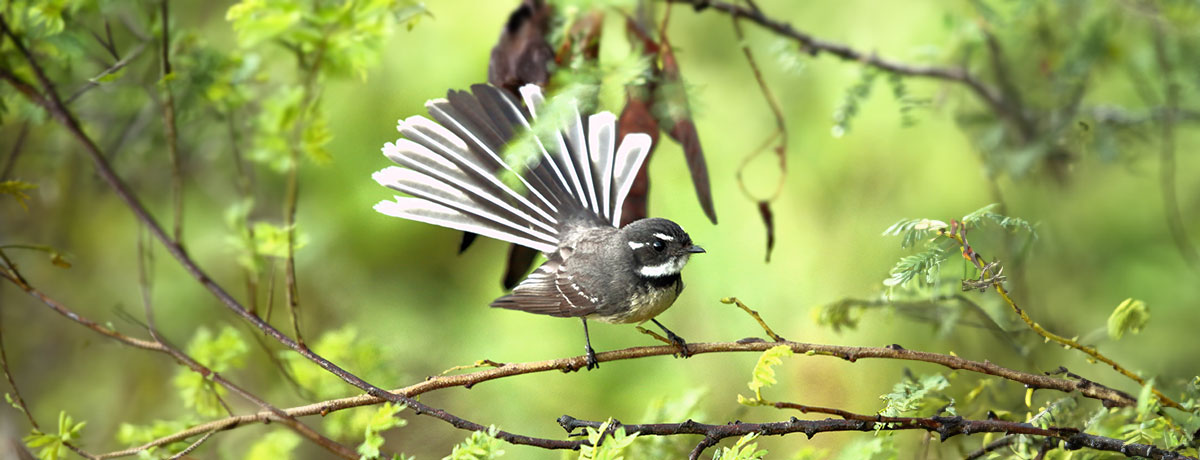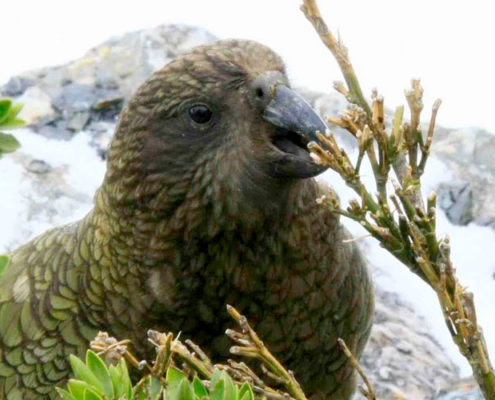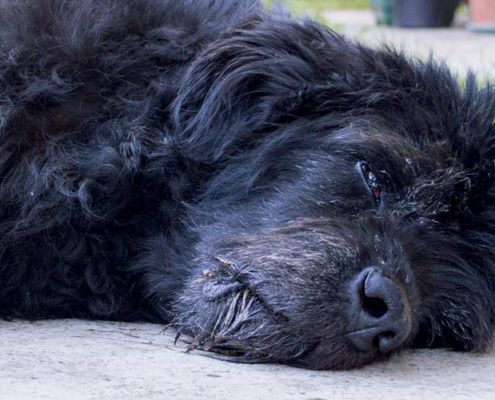In-depth Response: Independent Scientist, Jo Pollard, Debunks OSPRI’s Claim that a 10-Year Study Proves Forests Remain Vibrant Despite 1080 Poison Usage!
 Published in the Council of Outdoor Recreation Associations of NZ Inc, (CORANZ), August 2023
Published in the Council of Outdoor Recreation Associations of NZ Inc, (CORANZ), August 2023
Original Article: https://coranz.org.nz/ospris-1080-research-cause-for-concern/
According to OSPRI, the organisation responsible for controlling bovine Tb, 10 years of research have demonstrated “that 1080 can be used to control pests without harming native birds” (Media release, 1/8/23).
OSPRI was bolstering support for its long-standing, industrial-scale poisoning “across millions of hectares of remote bush around the country,” to kill possums (which OSPRI accuses of giving Tb to livestock).
As usual, OSPRI’s claims and aims don’t fit with the research.
“10-year study”
The “10-year study” was largely a mix of MSc and PhD projects at Victoria University. For each student, a 1080 poison project was just one part of their research.
The students’ projects were on birds and invertebrates, mostly in native forests in the lower North Island, which were being poisoned by OSPRI. These animals were likely to eat the poisonous food baits, as well as being at risk as the poison spread into the surrounding area and up food chains.
Sadly, how, where and when the projects were carried out all held them back. Ultimately they failed to shed much light on the effects of poisoning.
Setback 1: How poisoning was studied
Three of the projects studied birds, using automated sound recordings. There was enormous potential to learn from this what went on among birds after poisoning.
But the recorded sound was used just to document whether or not a type of bird was heard. Finding a bird in a sound sample after poisoning meant very little. The students noted that survivors might call a lot, e.g. for missing mates or family, or sorting out new territories, or they might call more because the rats had gone. In fact, students Asher Cook (2017) and Roald Bomans (2018) both found a bird species whose individuals seemed to have increased their calling in the weeks after poisoning.
Nyree Fea’s (2018) bird studies encompassed many months after poisoning. Again, nothing much could be deduced from her simple call/no call data. She noted that an increase in individual calling could result from a growing predator population thinning out the birds.
So – bird calls were still heard after poisoning, but that was not evidence that all was well.
Setback 2: Where poisoning was studied
Even before the tragedy of how data was collected, were the places chosen to research the effects of poison. They had mostly been poisoned before, even the “unpoisoned” experimental control areas, making an effective evaluation impossible. For instance, previous poisonings might have culled out vulnerable species, and were likely to have left the areas grappling with invasive, fast-breeding animals.
Failure 3: When poisoning was studied
No student studied immediately before and after poisoning, the time when an effect would be most expected. The bird records weren’t looked at by Cook until 7 days after poisoning, Bomans waited 1-2 weeks and Fea waited 1.5 years.
Invertebrate studies by Olive Vergara Parra (2018) didn’t start until November, after poisoning in August. She commented that earlier studies would have been better if looking for negative effects, “For example, monitoring detritivore abundance weeks before and weeks after the application of aerial 1080.”
Limited sampling
In addition to the above problems, the research was only at student project level. There was little chance of doing enough sampling to isolate effects of poisoning on the presence of animals, given the number of strong influences on their whereabouts such as vegetation, aspect, altitude, weather, time of day and season.
Rats
As if there wasn’t enough for the students to cope with, rat numbers rose to very high levels during the studies, described by Vergara Parra (2018): “reaching over 90% tracking rate in the Remutaka by July 2015. In the Aorangi … tracking rates were back to pre-1080 level six months after 1080 operation”.
Fea (2018) suggested that the particularly high rat numbers seen in the Remutaka Forest might have been due to the combined effects of the poisoning (which had left resources for the fast-breeding rats to exploit) and masting vegetation (which had also provided abundant food).
Results
The graphs of the students’ bird call and invertebrate measurements were highly variable: some things seemed to have increased, some decreased, some stayed the same and some were all over the place.
The students did find that the rat plagues negatively impacted on some types of birds (Fea, 2018) and invertebrates (Vergara Parra, 2018; Thomas Hewitt, 2021). Discussing her finding that “ground weta suffered negative effects from mesopredator release of rats after a decrease in possums by aerial 1080 application in Aorangi Forest”, Vergara Parra (2018) gently pointed out that 1080 spreading had been associated with boom and bust cycles in rats and mice which may be more harmful to native species than leaving the forests alone.
Overall
In summary, the students’ research was pilot-trial level. Attempts to monitor poisoning effects were stymied by sub-standard methods. Highly variable and concerning results were found. OSPRI has done itself little credit in using these results to promote its mass poisoning programme.





